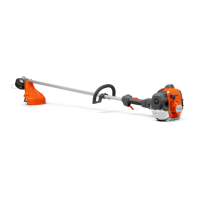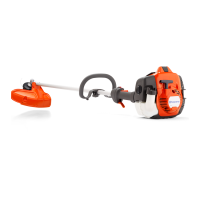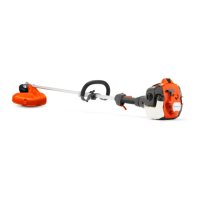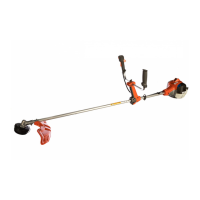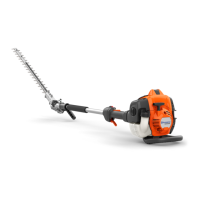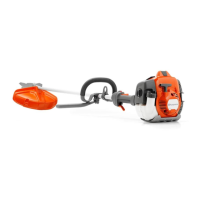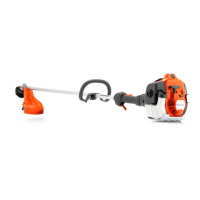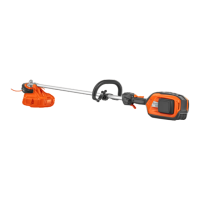Why my Husqvarna Trimmer engine does not start?
- TthudsonAug 4, 2025
If your Husqvarna Trimmer engine won't start, there are several possible reasons. First, ensure the stop switch is in the start position. If that's not the issue, the starter pawls might be stuck; remove the starter cover and clean around them. Also, incorrect fuel can prevent starting, so drain the tank and refill with the correct fuel. A dirty or wet spark plug can be problematic, so ensure it's clean and dry. The spark plug electrode gap also needs to be correct, and the plug should have a suppressor. Finally, a loose spark plug can cause starting issues, so tighten it.
